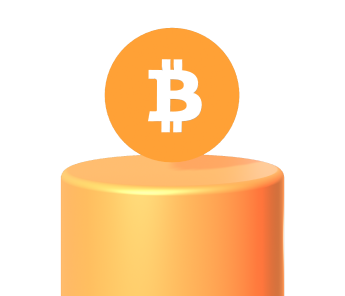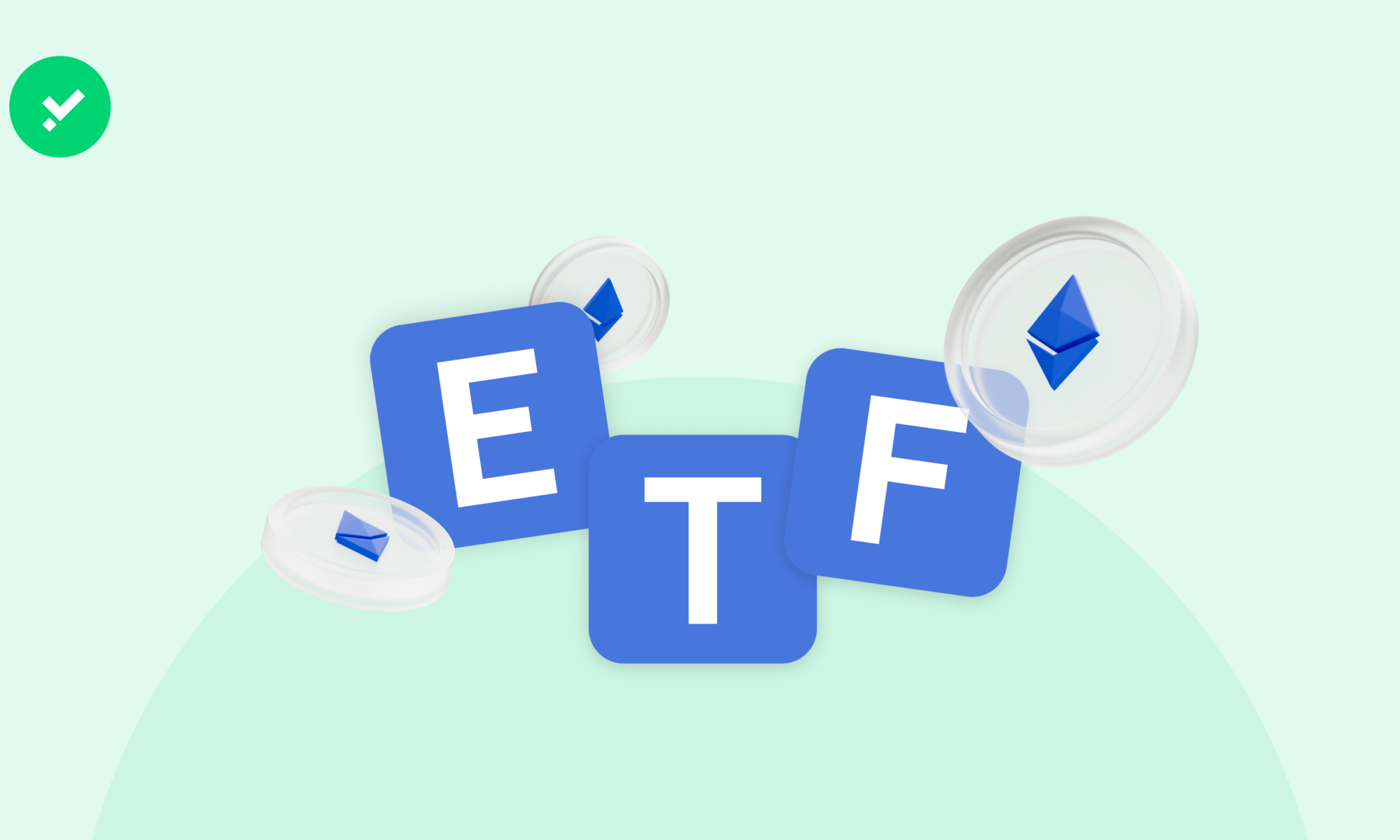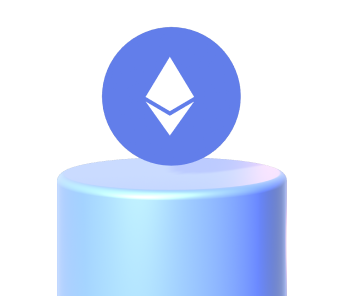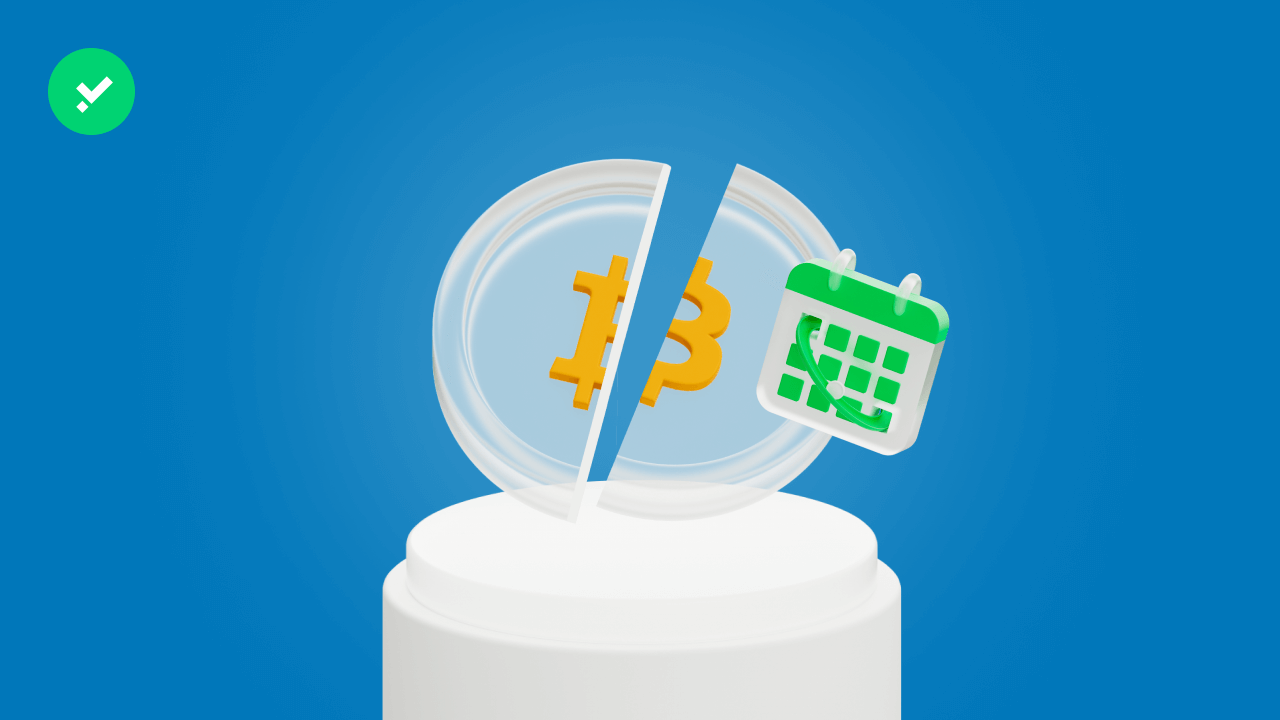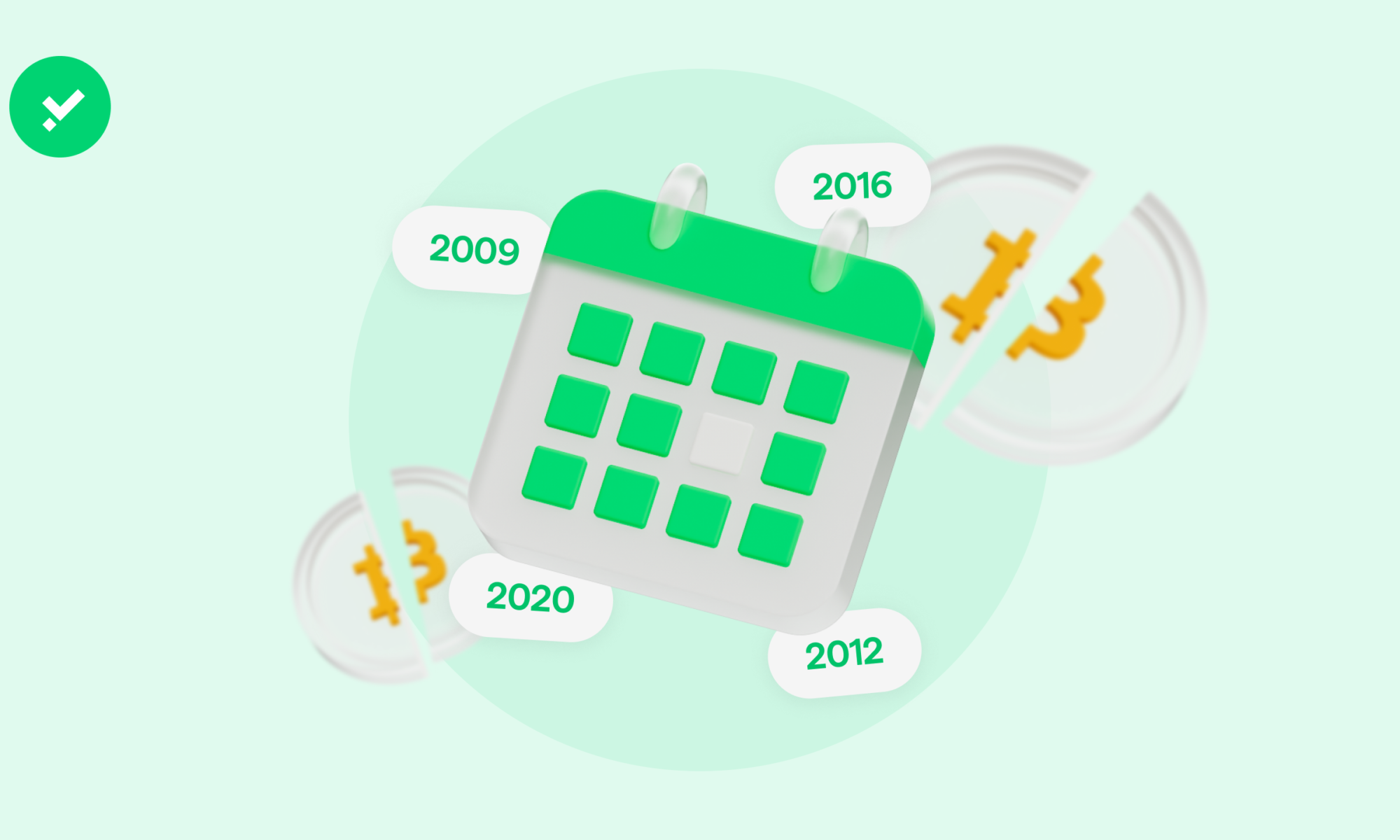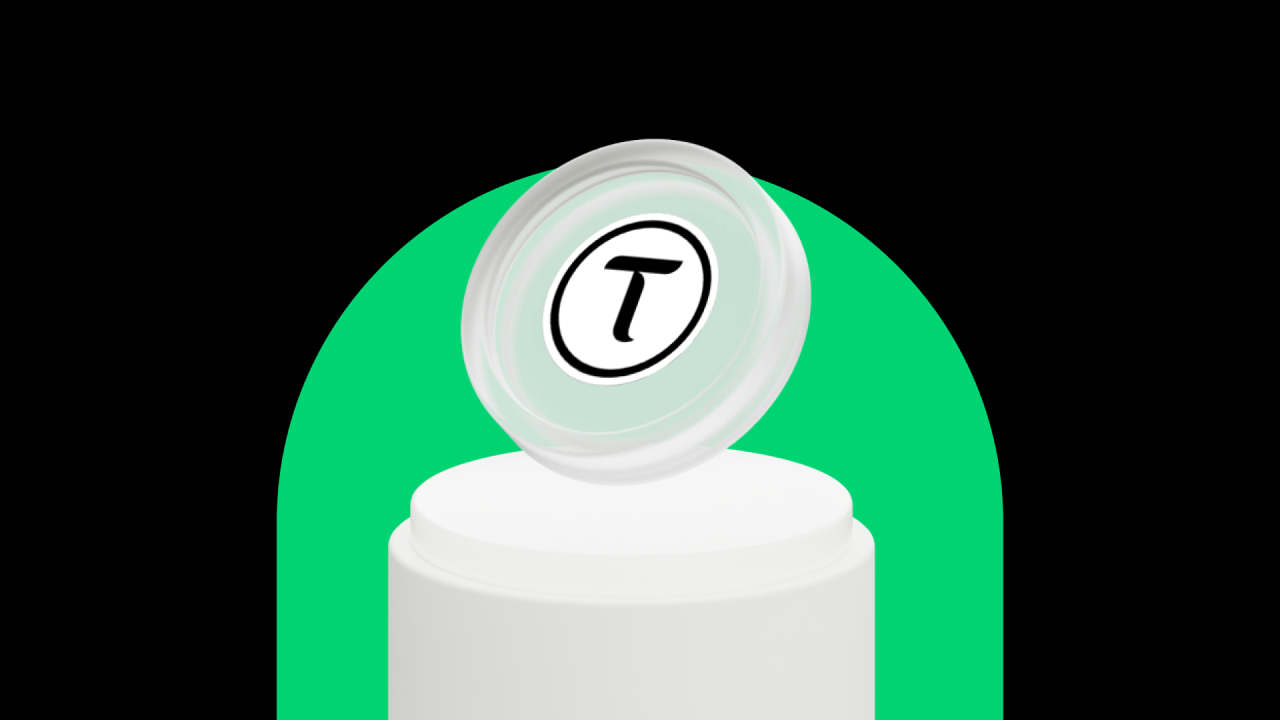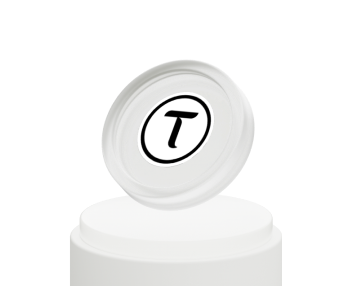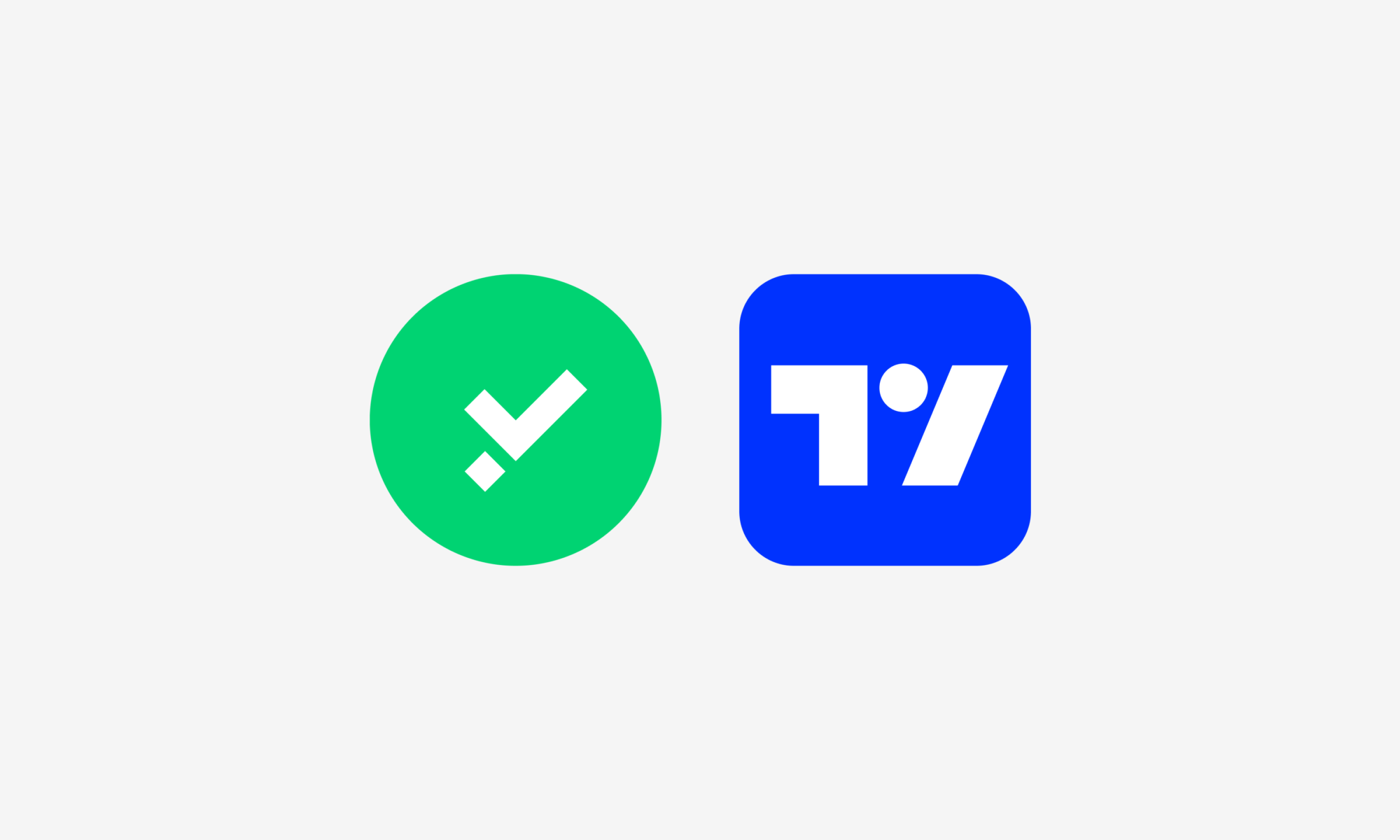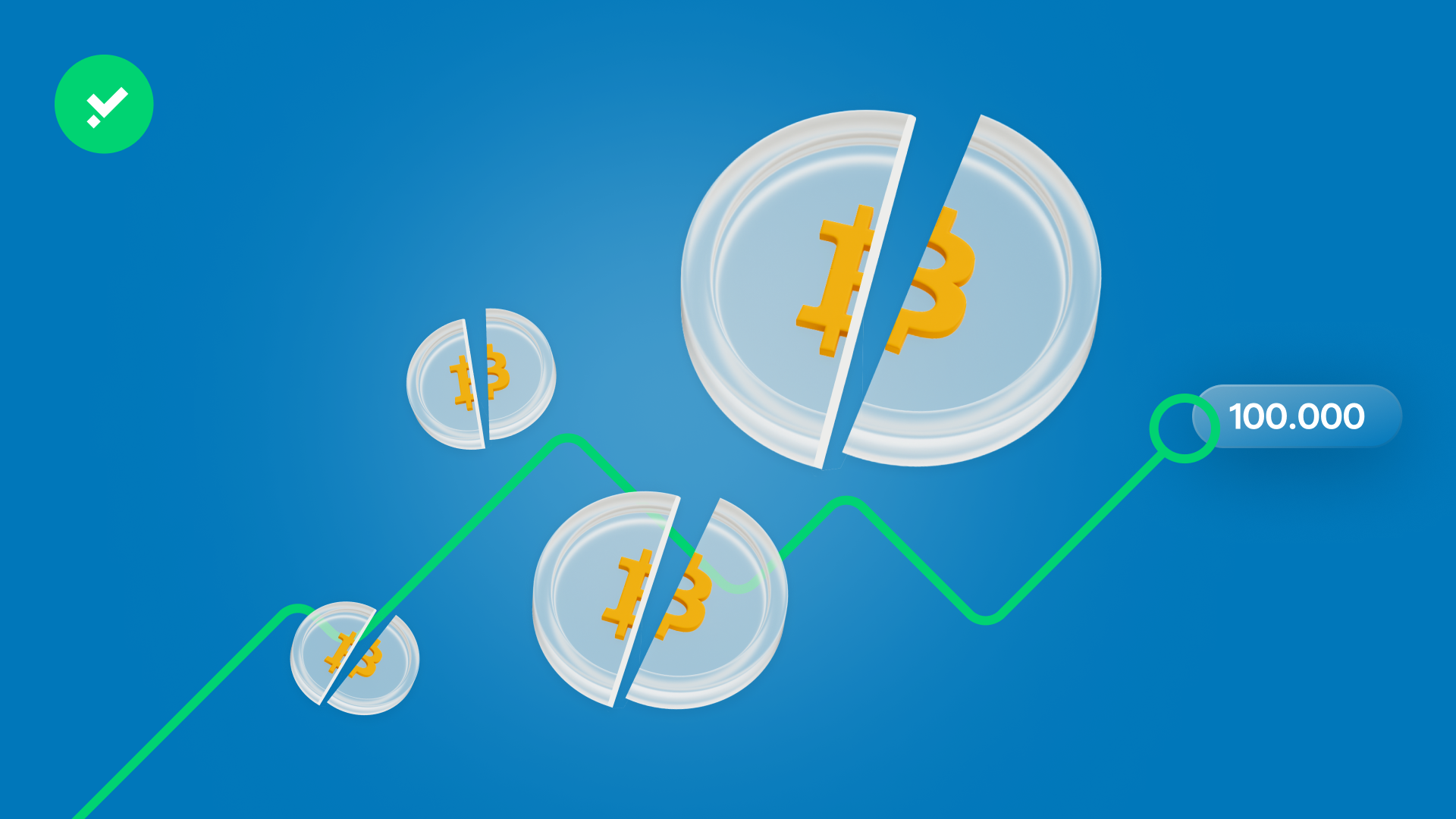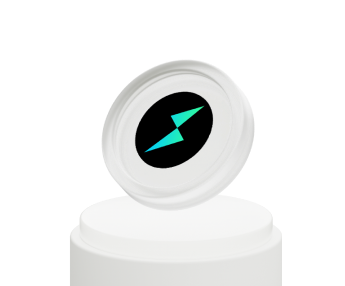Comprehensive guide to 2024 tax return services, including tax report preparation, accountant advice, and third-party exchange, wallet, and blockchain integration to regularise your position from 2016.
One of the leading causes of ‘headaches’ for cryptocurrency enthusiasts is tax returns. This is not because crypto enthusiasts want to behave non-compliantly with current regulations but precisely because of their complexity, which often needs to be clarified.
Moreover, experienced users who navigate this universe in depth are used to making a large number of transactions that then become very difficult to trace and reconstruct. Using different exchanges, DeFi platforms, Metamask or collecting NFTs complicates things further.
Last year, to remedy this problem, we launched the Tax Report, which was well received by our community. The aim was to ‘simplify life’ for our users and make declaring cryptocurrencies a breeze.
However, the Italian Budget Law 2023 and the Agenzia delle Entrate have changed the game for the 2024 tax declaration. The changes introduced concern many aspects, including revising the 730, Form RW and Form RT.
Therefore, we have created a new section on our platform dedicated to the tax declaration of cryptocurrencies. The initiative is aimed at Young Platform users and anyone wishing to use a comprehensive service to declare their cryptocurrencies without spending a fortune.
Let’s discover together all the services of the new Tax & Reports functionality:
- the Young Platform Tax Report updated for the 2024 declaration
- The Tax Report Integrated with Okipo (exchange, wallet and third blockchain)
- the Young Platform Transaction Report
- Stamp duty
- the consultancy service with our accountants.
Finally, we will look at the discounts provided for our Clubs!
Keep these essential aspects in mind:
- All reports include data from both exchanges, Base and Pro.
- The “Tax & Reports” section is available from the Young Platform web (desktop) version. It will be integrated into the app in the coming weeks.
- Those who have already purchased the Tax Report during the pre-sale can now download it!
Please note: the Tax Reports (both Young Platform report and Okipo) have been created to comply with Italian tax regulations. Therefore, purchasing the Tax Report still needs to be enabled for other countries. If you are a tax resident in Italy, access Young Platform by setting the language to Italian to purchase the Tax Report. If you cannot do so, please open a support ticket.
Discover Tax & Reports
The new Young Platform Tax Report
If you only use Young Platform – either Basic or Pro – this is the service for you. By purchasing this report, you can download a handy PDF with a clear and straightforward outline of everything you own in cryptocurrencies and the data you need to complete your tax return.
In addition, to help you with the compilation, you will see a facsimile of Form RW and Form RT attached. The former must be filled in for stamp duty, and the latter if you have generated gains in 2023 that exceed EUR 2,000. If, on the other hand, you have suffered any losses, you can recover them over the next four years by entering them in Form RT.
The main advantage of this report lies in the price. Let’s see why.
First of all, the Tax Report is retroactive. If you started buying cryptocurrencies on Young Platform in 2019, your PDF includes an overview of your portfolio for tax reporting from 2019 to the present. Unlike other exchanges or services, you pay a single report to regularise your tax position from the first year you invest in cryptocurrencies.
Secondly, the price is calculated on the number of transactions made. As a result, you get a fully customised pricing plan and only pay for your actual activity level. Suffice it to say that the basic plan costs €9.99.
This policy responds to an elementary desire: to allow all our users to comply with their tax obligations and take advantage of this market with peace of mind without affecting their budget.
Buy Tax Report
The Okipo Integrated Report on Young Platform
This integration was made for Young Platform users who use other exchanges, own NFTs, have cryptocurrencies in DeFi platforms, or simply store their crypto assets in wallets outside of Young Platform.
Due to its flexibility, it is also ideal for those who do not use Young Platform as an exchange but are looking for a cost-competitive solution. For these, simply register and access the ‘Fees and Reports’ section.
Thanks to the cooperation between our company and Okipo, we can offer a unique retroactive report and a discounted pricing plan on their price list, which costs €229 per fiscal year. Young Platform users will be entitled to discounted prices as follows.
PLEASE NOTE: To obtain this benefit, you must use the Okipo service from the Young Platform ‘Tax and Reports’ section.
- For Young Platform users who are not members of a Club, the Okipo Report has a total cost of €59 (instead of €229 per fiscal year).
- Club Bronze: €54 (instead of €229 per fiscal year).
- Club Silver: €49 (instead of €229 per fiscal year).
- Club Gold: €44 (instead of €229 per fiscal year).
- Platinum Club: €39 (instead of €229 per fiscal year).
Thanks to this collaboration, you will also have access to these benefits:
- Full annual coverage*: unlike other services that require payment for each fiscal year, our price includes coverage of all transactions made since you started using cryptocurrencies.
- Priority support: as a Young Platform user, you are entitled to priority customer service.
*If the number of transactions exceeds 10,000 per year, it will be necessary to request the addition of a further 10,000 transactions for each year in which the limit was exceeded.
How does it work?
Okipo allows you to integrate all wallets, exchanges and blockchains to import all transactions from 2016 to date.
Through a highly intuitive system, users can connect their crypto wallets and exchanges via CSV files, with detailed guides available to facilitate each type of connection.
At this point, Okipo imports all transactions automatically, eliminating the need for manual entries and significantly reducing the time spent on tax management. Upon completing the import, users can easily download all necessary tax documentation from 2016 to date, already compiled and ready to be submitted to the tax authorities.
If you are not a Young Platform user and need more information, you can fill out this form to be contacted by our team, who will help you find the best solution.
Fill in the form
The Transaction Report
The Young Platform Transaction Report records every movement and order made on the platform. This document, which is always available for download in the Fees & Reports section, acts as an accurate statement of account, providing a detailed overview of activity on the exchange. It allows you to track, export and archive your entire transaction history, including deposits, withdrawals and buy, sell and exchange order details. Although it does not directly provide the data required for tax returns, the report is an excellent complementary tool for documenting your activities. It offers a clear and organised view that facilitates the reconstruction and detailed analysis of all transactions.
Download Trasaction Report
Stamp Duty
Italian legislation introduced several new features, one of which is the 0.2% tax, also known as ‘Stamp Duty’. This tax is linked to completing the RW Form.
Many Young Platform users have the advantage of already paying for it. The exchange automatically calculates and pays tax on what you own on the Base and Pro exchanges. Simply go to the ‘Tax and Reports’ section to check your balance. If you must pay all or part of the tax, simply deposit Euro in your account by bank transfer or card.
It is essential to download the payment receipt and attach it to your tax declaration. You can download it from the section free of charge. Please note that other exchanges have introduced this policy to simplify user tax compliance. Therefore, if you use several exchanges, check that they still need to pay the tax for you. In this case, download the payment receipt and attach it to your declaration.
Download the receipt
Club Young Platform discounts
Club members enjoy fixed discounts when purchasing the Young Platform Tax Report. Here is an overview of the discounts:
- Club Bronze: 10%.
- Club Silver: 20%.
- Club Gold: 40%.
- Club Platinum: 80%.
Discounts are applied in the purchase phase for the report integrated with Okipo and are visible on the partner interface. On the screen, a banner indicates the activation of the discount relative to the Club membership.
- Club Bronze: €54
- Club Silver: €49
- Club Gold: €44
- Platinum Club: €39
We want to draw attention to the fact that these discounts are only applied to the purchase of reports rather than to consulting with accountants.
Subscribe a Club
Consulting with accountants experienced in cryptocurrencies
Many people may have a challenging situation or, more simply, feel more secure if an accountant familiar with crypto regulations is in charge of them.
You can request an appointment through the dedicated banner. Please note that our accountants’ network has its own pricing plan, which they will inform you about according to your situation. Again, the price will be set according to your specific situation so that you pay in full for what you really need.
Vai a Young Platform Web

Sign up to Young Platform

